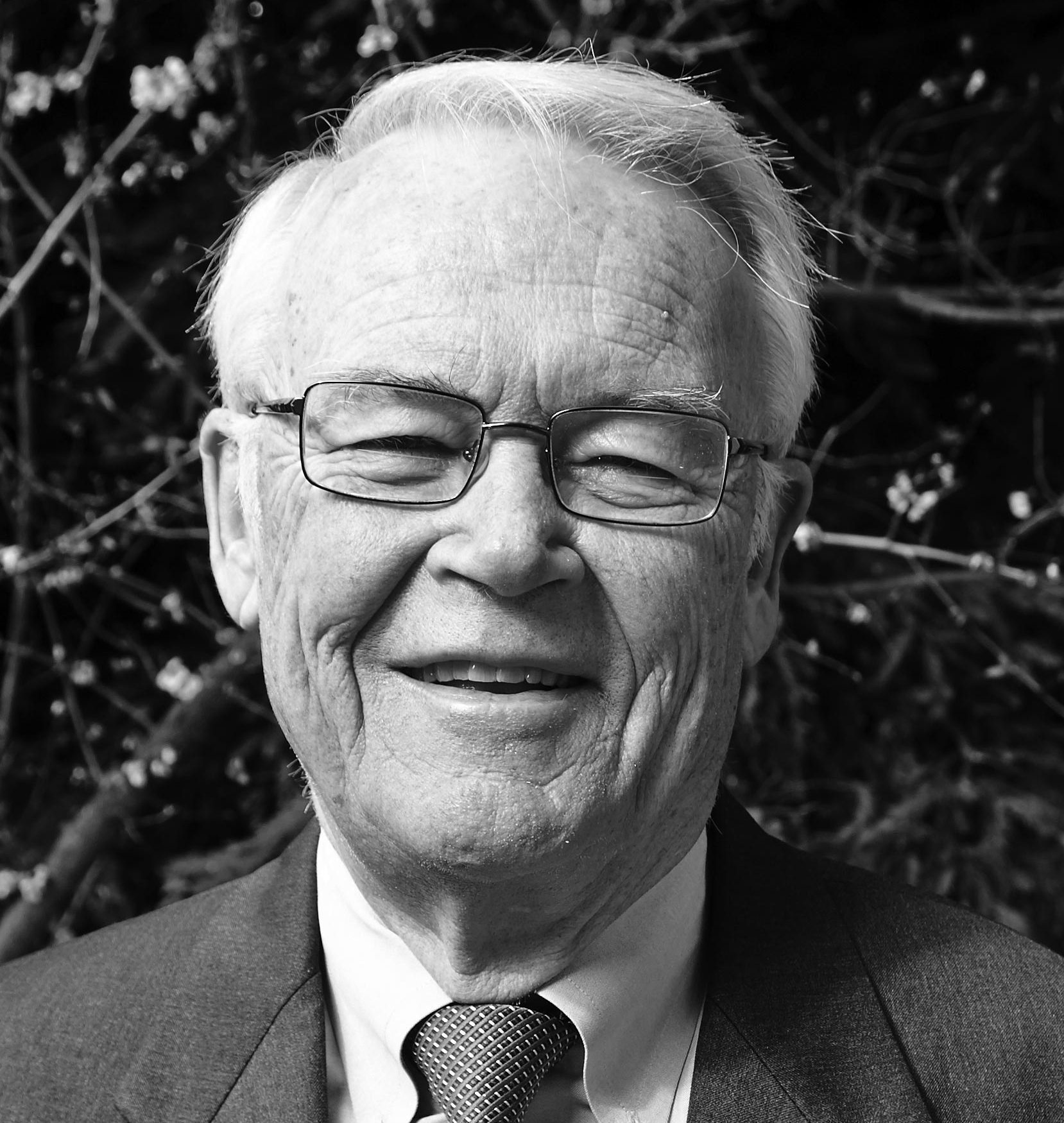BLOG
Dove: The Most Impressive Brand Builder
This campaign soars on its ability to change the way women are perceived–and how they see themselves.
What are the most impressive brand-building efforts in the last 15 years? In constructing such a list, it would be hard to leave out Dove. A $200 million soap brand in the early 1990s has grown into a brand that has been estimated to be worth nearly $4 billion dollars today. They play in an intensively competitive arena with large, smart and established competitors. And in my view, the Dove brand-building effort played a big role in their success story.
Have you seen the latest from the Dove ongoing “Campaign for Real Beauty” that originated in Brazil and was done by Ogilvy & Mather in 2004? A forensic sketch artist draws several women, first based only on their descriptions of themselves (he does not actually see them) and then based on the descriptions of a stranger who has observed the women. The subject, seeing the resulting sketches side-by-side, realizes that the sketches inspired by strangers are much more flattering than the versions from their own self-descriptions. The tagline? “You are more beautiful than you think.” The first two versions of these videos each got over 35 million views within two weeks of being posted to YouTube. Thirty-five million!!
Dove’s success is, of course, driven in large part by a business strategy that involved brand extensions, product innovation and geographic expansion. The Dove® Campaign for Real Beauty set out to make women aware that they have real beauty that is not based on the common standard of a young, model-thin body with excessive makeup. The goal was to make a fundamental change in the way that women are perceived and in the way they view themselves. The campaign started with advertisements, showing real women that may have been older or heavier than the “ideal” but exhibited beauty. Billboard ads invited passers-by to vote on whether a particular model was, for example, “Fat or Fab” or “Wrinkled or Wonderful”, with the results of the votes dynamically updated.
The Real Beauty campaign involves substantive programs with girls as the prominent target. Since 2002, Dove has been collaborating with Girl Scouts of the USA to promote self-esteem and leadership programming among tween and teenage girls with programs like uniquely ME! and It’s Your Story – Tell It! An annual Dove Self-Esteem Weekend, started in 2010, aims to inspire moms and mentors to talk to girls in their lives about beauty, confidence and self-esteem supported by discussion aids. The goal is to reach 15 million girls global about self-esteem awareness by 2015.
The Real Beauty campaign resonates at several levels. It connects with an issue of deep concern within the customer base, their appearance and self-confidence. Additionally, it addresses the insecurity and self-esteem issues of young women to which customers could empathize. It strikes a chord. It provides a higher purpose to the brand and a shared interest with customers.
The impact for some of Dove’s efforts has been estimated to be 30 times their expenditure. One of its ads, Evolution, showed how much effort goes behind creating the “model look” and won advertising awards as well as created unpaid exposure estimated to be worth over $150 million. There are anecdotes about dramatic sales increases tied to the campaign and surveys showing that those aware of the effort are more likely to use and recommend Dove products. But the creation of a huge business base is the best evidence to its impact.
“The goal was not to avoid being disliked but to connect to the target.”
The campaign has had its critics, though. In part, this scrutiny has been stimulated by and is a testament to its success and visibility. But during a panel discussion at the WEF at Davos once, Phil Knight dismissed critics to some controversial Nike ads by saying that the goal was not to avoid being disliked but to connect to the target. Exactly.
Dove’s success is, of course, driven in large part by a business strategy that involved brand extensions, product innovation and geographic expansion. The energized brand with its higher purpose and clear value propositions supported by branded innovations simply amplified a remarkable business strategy.
The extension strategy was to leverage the moisturizer heritage of the brand into new categories supported by meaningful innovation. The first extension success was the Dove Moisturizing Body Wash with the innovative Dove Nutrium technology that deposits lipids, Vitamin E and other nutrients onto the skin. This was followed by entries into deodorants, disposable face cloths, shampoos with Weightless Moisturizer, Nutrium soap, and lotions with Shea Butter. Dove also entered the male market with Dove Men+Care. Each extension’s success was based in part on compelling value propositions.
Additionally, an aggressive global expansion resulted in the brand, once a factor in only a few countries, now having a presence in some 80 countries. However, the business strategy would not have had its remarkable success without the brand-building effort to support the offerings and to drive the higher Real Beauty purpose.
FINAL THOUGHTS
The Dove brand success didn’t just happen. It was research-based and employed a host of methods to understand the issues women face with respect to Dove products and perceived beauty. Customer research was supplemented with expert guidance. The Dove Self-Esteem Program, for example, has an 11 person Global Advisory Board. The brand has the ability and the willingness to stimulate, access creative thinking from around the world and then push the best ideas into the marketplace.
Letting ideas emerge and then flourish is not a natural part of most organizations. Dove’s efforts are remarkable.
